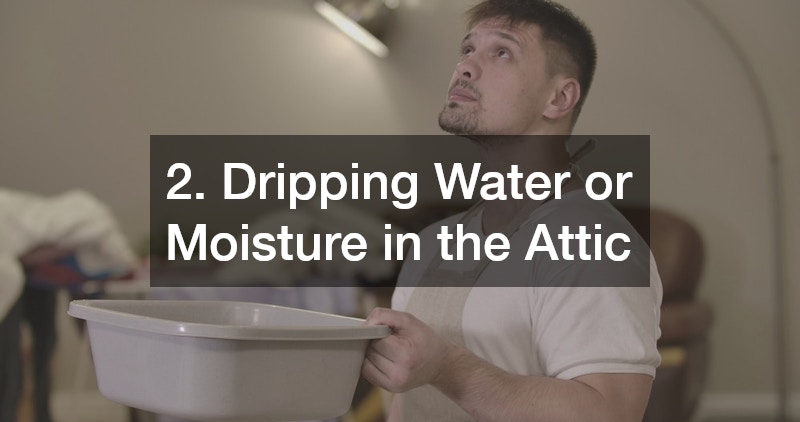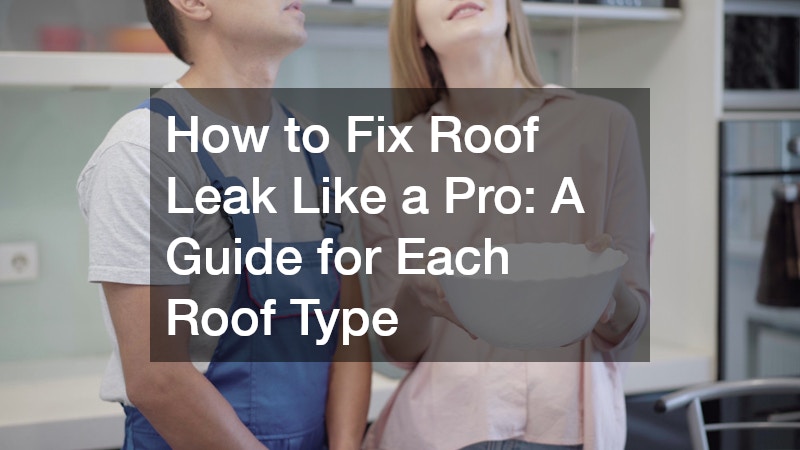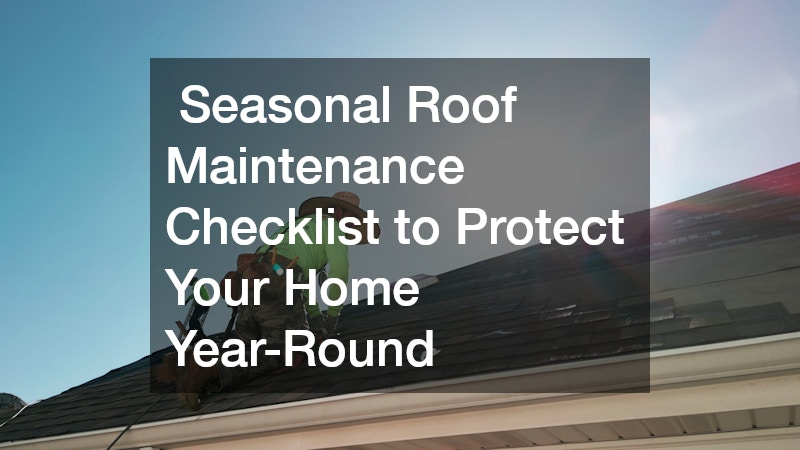Keeping your home safe and dry starts at the top—literally. A roof leak can begin subtly but lead to costly damage if ignored. Whether you live in a rainy climate or only experience the occasional storm, knowing how to spot the warning signs early can save you thousands in repairs.
In this guide, we’ll explore 10 common signs of a roof leak every homeowner should watch for, what they mean, and how to address them before things escalate.
Let’s dive into the red flags you should never overlook.
1. Water Stains on Ceilings or Walls
Water stains are one of the most obvious indicators of a roof leak. These discolored patches—often yellow, brown, or copper-toned—appear on ceilings or walls and grow over time if the source isn’t fixed. They typically form in irregular shapes and can spread across large sections of drywall.
If you notice a new stain or one that’s getting worse, investigate the attic or roof area directly above. The leak could be small, but over time, it can lead to rotted wood, mold, and structural issues.
2. Dripping Water or Moisture in the Attic

Your attic is the first stop for water once your roof starts leaking. If you notice water dripping during a storm or puddles forming on attic floors, it’s a clear sign your roof’s protective barrier has been compromised.
Aside from obvious water, also watch for damp insulation, wet rafters, or the smell of mold. Inspect your attic regularly—especially after heavy rain or snowfall—to catch problems early.
3. Mold or Mildew Growth Inside the Home
Mold and mildew thrive in moist environments. If you find mold forming near ceilings, upper walls, or in corners, it might not be a plumbing problem—it could be your roof.
Mold is not only a warning sign of water intrusion but also a health hazard. You may notice a musty odor before you see visible mold. If found, trace the source upward to the roof, especially if the mold appears near the attic or top floor.
4. Damaged or Missing Shingles
Your shingles form the first line of defense against water. When they crack, curl, or go missing, it exposes the underlayment—and eventually your home—to water damage.
Check for signs of wear during regular maintenance or after a storm. Look for:
- Cracked or brittle shingles
- Curling edges
- Granules in gutters or downspouts
- Bare patches on your roof
Prompt replacement can help prevent a minor issue from becoming a full-blown leak.
5. Granules in the Gutters
Noticing small, sand-like particles in your gutters or near the bottom of your downspouts? These are granules from asphalt shingles, and their presence could mean your roof is wearing down. Granules help shield shingles from harsh UV rays and water damage.
When shingles begin to shed these protective layers, it’s a sign of aging or weather-related wear. If you’re seeing an unusual buildup of granules, especially after a storm, it may be time to have your roof professionally inspected to assess whether repairs or a replacement are needed.
6. Sagging Roof Deck
A sagging roofline is a serious structural issue. It often means that the wood beneath your roofing materials is saturated with water and losing integrity.
If your roofline appears uneven, bowed, or sunken, have it checked immediately. This issue can spread quickly and result in significant structural repairs if not addressed in time.
7. Peeling Paint or Bubbling on Interior Walls
Paint that bubbles, peels, or chips on your ceiling or walls may be caused by moisture coming from a roof leak. This happens when water seeps in and gets trapped behind the paint layer.
This can also lead to cracked plaster and weakened drywall. Fixing the paint won’t solve the issue—you’ll need to address the source of the leak first.
8. Flashing Damage Around Roof Fixtures
Flashing is the metal sheeting installed around roof features such as chimneys, vents, and skylights. It’s designed to divert water away from openings.
If the flashing is rusted, bent, or missing, water can easily seep into the seams and into your home. Routine inspection of flashing—especially after storms—is essential to maintaining a leak-free roof.
9. Ceiling or Wall Discoloration After Storms

Notice a fresh discoloration after heavy rain or snow? This could indicate water intrusion caused by a leak. If the stains worsen after each storm, it’s time to act fast.
Seasonal changes and wind-driven rain often reveal roofing vulnerabilities, so it’s wise to inspect affected areas regularly and note changes.
10. High Humidity or Condensation Indoors
Unusual indoor humidity, condensation on windows, or musty air can all signal water intrusion from the roof. A leaking roof can allow water vapor to build up, especially in enclosed or poorly ventilated areas.
Consider checking the attic for poor airflow or wet insulation. Improving ventilation and repairing the roof leak can help regulate moisture levels and protect your home from mold.
How to Fix Roof Leak: Act Quickly and Professionally
Now that you know the top signs, the next step is to learn how to fix a roof leak. For minor issues like cracked shingles or small flashing gaps, a temporary DIY fix may suffice, but these are not long-term solutions.
For larger or persistent problems, especially those involving structural damage, contact a licensed roofing professional. They’ll provide a proper inspection, identify hidden leaks, and ensure your roof is restored to a watertight condition.
Preventive maintenance, timely repairs, and seasonal roof inspections can extend the life of your roof and prevent expensive repairs later.




